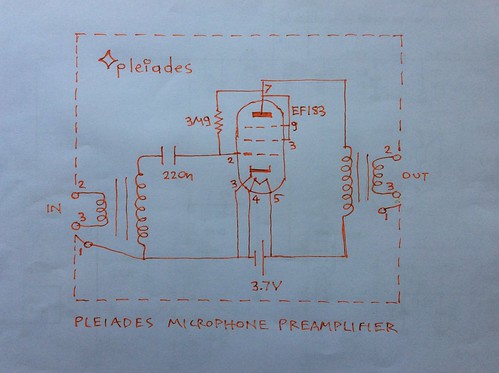Of course they do.
And then they send for tea most of the condensers, even the very expensive vintage ones.
The sounds jumps out, there is no hiss, all ambience detail from tens of meters away if gain is up. With a good moving coil microphone the sound is as smooth and big as it may get. Ribbon microphones too.
An example setup is:
Moving coil mic - Pleiades V6 prepreamp - a mic preamplifier
Similarly for ribbon microphones.
Other example is using just a JFET instead of an electron tube, see Pleiades K117 schematic. An output transformer would usually need to be connected too. But it works even without, just capacitor coupling. For example:
Moving coil or ribbon mic - Pleiades K117 - Telefunken V72
From the moving coil microphones the category of pressure ones have diaphragm that is acoustic resistance controlled broadband tuned near midland as directional condenser capsules should do.
So they do not have the harshness of omni condensers tuned at HF. They have the detail of condensers, but smoothness of high frequencies as the amplitude of the diaphragm must decrease with rising frequency for flat frequency response output. This is because the voltage output of moving coil mics is proportional to the velocity of the diaphragm due to the magnetic induction law.
And of course on moving coil or ribbon microphones the head amplifier can be meters away instead of having to be mounted right next the capsule.

References, bibliography:
Pleiades V6 schematic
BBC Engineering Training Manual: Microphones
http://www.bbceng.info/additions/2016/BBC%20Engineering%20Training%20Manual%20-%20Microphones%20(WW).pdf
Microphones - Borwick
Microphones - Boré, Peus - Neumann - PDF
No comments:
Post a Comment